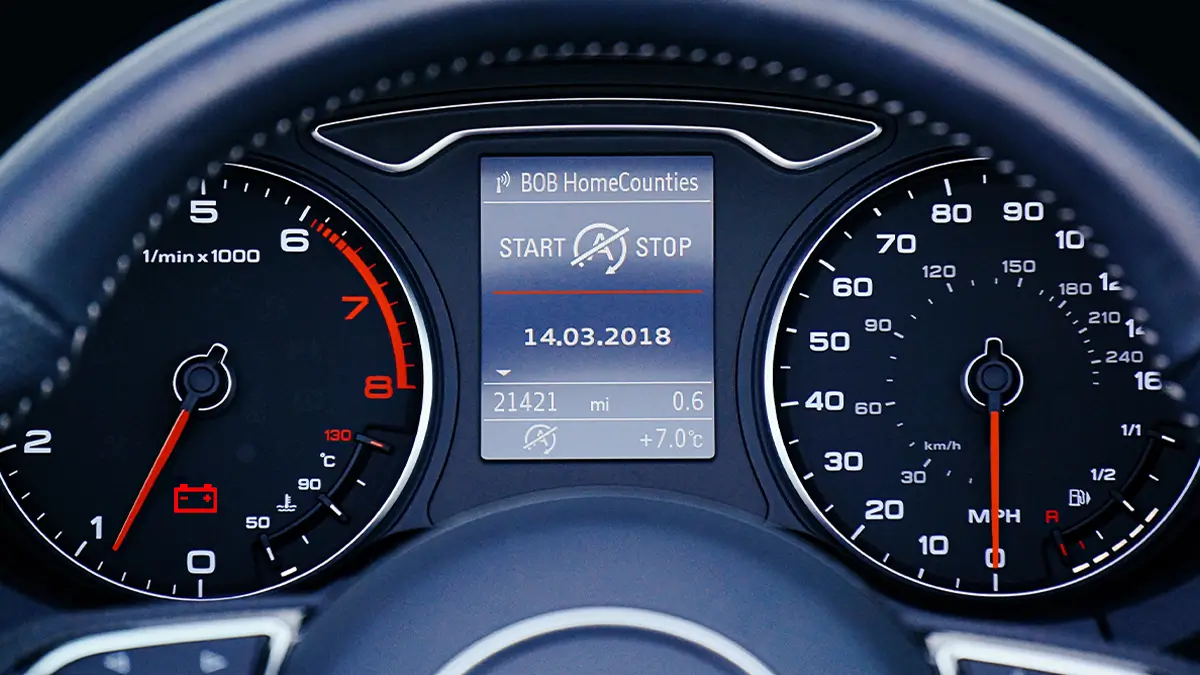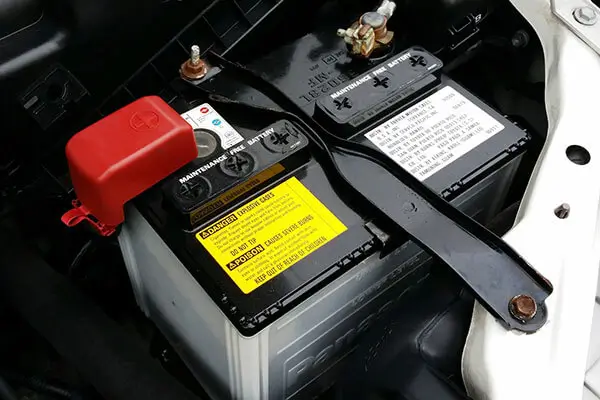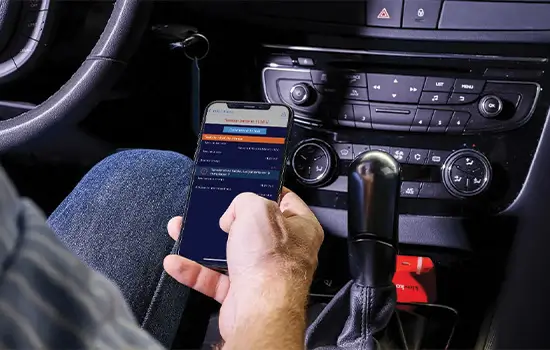The battery warning light is one of the red warning lights visible on the dashboard. It's an alert indicator that warns the driver when the car battery is experiencing issues.
How to maintain and test your car battery?
Why does the warning light turn on and how to remove it from the dashboard?
How to choose the right battery for your vehicle?


Are you looking for a car scanner ?
Car Battery: How to Maintain It?
Maybe you forgot to turn off the headlights, or left the radio on overnight, and in the morning, your car won't start before work… Don’t worry, it’s happened to all of us at least once!
A simple mistake, no doubt—but one that can shorten your battery's lifespan if it happens too often.

That’s why it’s important to regularly maintain your battery. Just follow these 4 steps:
- Protect your battery, both from careless mistakes and harsh weather conditions.
- Watch for early warning signs, such as trouble starting the engine.
- Test your battery regularly using a multimeter or via the car’s OBD port. Voltage should always be between 12 and 14 volts.
- Replace the battery when necessary. A battery typically lasts about 8 years. But if you notice signs of weakness, don’t wait—replace it before it fails.
The Warning Light Is On – Why?

The battery warning light alerts the driver when a fault code has been detected related to the battery.
This usually indicates a drop in voltage.
You might think it’s not a big deal—but it can actually have serious consequences. Besides making the car harder to start, low battery voltage can lead to bigger issues.
All electrical and electronic systems in your vehicle depend on the battery’s current.
If voltage drops too low, these systems may stop functioning properly. This includes systems like ABS, ESP, and even the airbags.
Which Battery Should I Choose for My Car?

Choosing the right car battery is not something you should leave to chance.
An unsuitable battery can lead to poor engine start-up performance, electronic malfunctions, or premature wear of the charging system.
It is therefore essential to consider the technical specifications of your original battery, such as:
- capacity (Ah),
- cold cranking amps (CCA),
- nominal voltage (12V or 24V),
- technology (lead-acid, AGM, EFB…),
- vehicle operating conditions,
- dimensions.
Choosing the right battery ensures not only reliable starting performance but also helps extend the lifespan of all onboard electrical equipment.

Are you looking for a car scanner ?
How to Test Your Car Battery?

When the battery warning light appears on your dashboard, it usually indicates an electrical issue, often linked to the battery or the alternator.
To identify the cause, you can take the following steps yourself:
- Disconnect the battery,
- Check the connections,
- Inspect the accessory belt,
- Check the fuses,
- Test the battery with the Klavkarr 310 or a multimeter.
This test for car battery helps measure the charge level, starting capacity, and alternator performance, based on specific voltage thresholds you should know.
A weak or dead battery should be recharged or replaced. If the warning light stays on despite your checks, it’s best to consult a professional.
Driving with the battery warning light on can result in a sudden breakdown and could cause your vehicle to fail its technical inspection. It’s important to check car battery health and react quickly.
In Conclusion
If you see the battery warning light turn on while driving, don’t ignore it. A drop in battery voltage can lead to the failure of both passive and active safety systems in your car. That’s a risk not only to your safety, but also to other road users.

